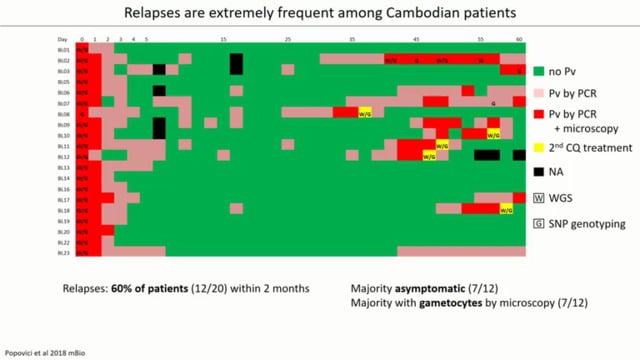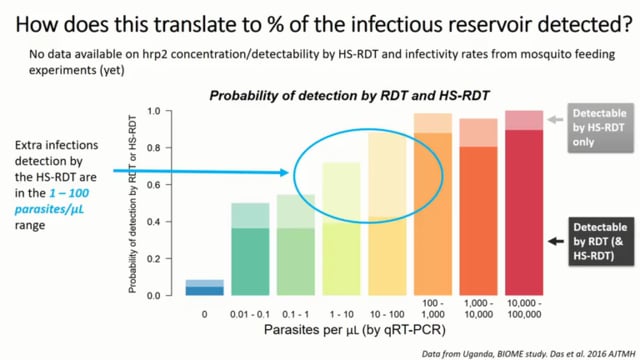Diagnostic tests for detecting risk of Plasmodium vivax relapse
Published: 08/04/2024
Relapsing malaria caused by Plasmodium vivax parasites poses a significant challenge to global malaria elimination efforts. About one third of the population remains at risk of contracting P. vivax malaria, and 85% of P. vivax infections stem from reactivated latent parasites, leading to chronic anaemia and increased morbidity and mortality. In addition to diagnostic tools that can detect the acute, blood-stage of P. vivax, new tools are needed to detect the dormant infections before they reactivate and contribute to morbidity and onwards transmission.
To help guide research and development efforts in this area, WHO has developed two preferred product characteristics (PPCs) to detect the risk of P. vivax relapse. The first PPC is for point-of-care (POC) tests to identify individuals at risk of relapse to guide radical cure and case management. The second PPC is for laboratory-based tests to screen communities or individuals, facilitating surveillance and monitoring efforts for P. vivax control and elimination.
These tools aim to improve screening, the use of radical cure and case management among high-risk populations, and support population-level risk stratification for the targeting of interventions and the monitoring and evaluation of ongoing elimination programmes.


